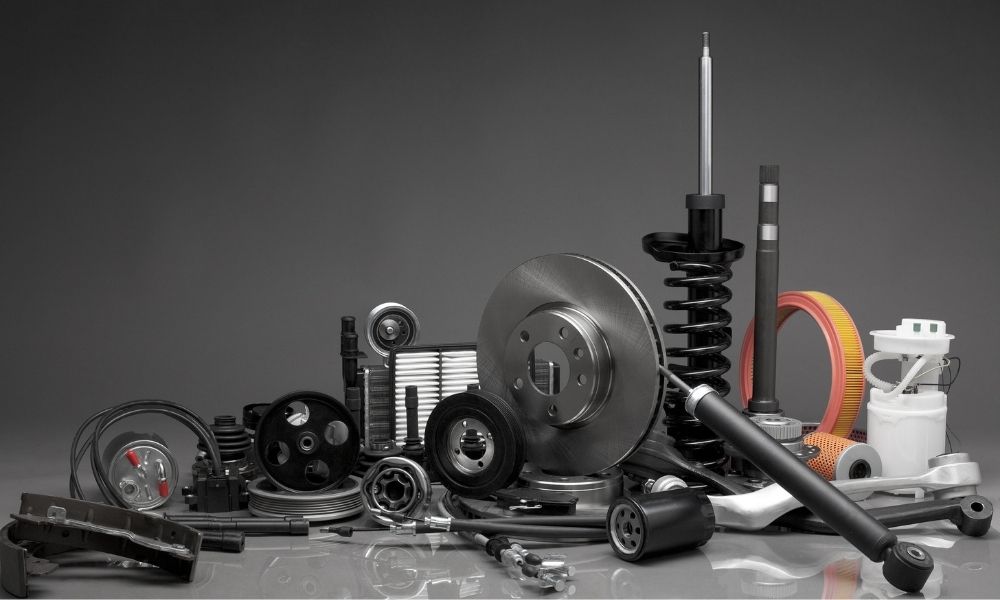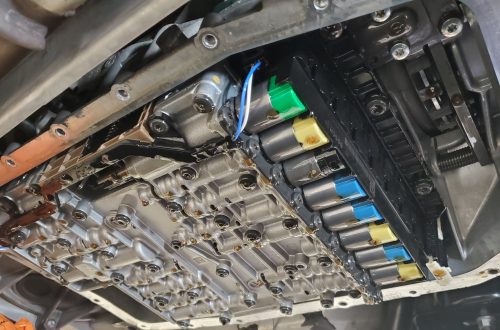The search for reliable automotive spare parts Singapore has become a defining challenge for the island nation’s 600,000 vehicle owners, revealing deeper truths about global supply chains, economic policy, and the hidden costs of maintaining mobility in one of the world’s most expensive cities. Behind the gleaming facades of Singapore’s automotive districts lies a complex web of importers, distributors, and mechanics whose livelihoods depend on navigating an increasingly volatile international marketplace.
The Economic Reality Behind Singapore’s Parts Trade
Singapore’s automotive spare parts industry operates within a unique economic framework that would challenge even the most seasoned business analyst. The government’s deliberate policy of limiting vehicle ownership through the Certificate of Entitlement (COE) system has created an artificial scarcity that drives up both vehicle values and the demand for quality replacement components.
Industry data reveals startling figures about this market’s scope:
- Annual import value exceeding S$2.8 billion in automotive components
- Over 12,000 registered automotive workshops competing for market share
- Average vehicle age of 9.8 years, significantly higher than regional neighbours
- Import dependency rate of 99.7% for all automotive components
As one veteran parts distributor observed, “Singapore’s car owners face a double burden—high vehicle costs and premium prices for maintenance. The COE system forces people to keep older cars running longer, which paradoxically creates both opportunity and pressure in our industry.”
Supply Chain Vulnerabilities Exposed
The COVID-19 pandemic and subsequent global disruptions laid bare the fragilities inherent in Singapore’s automotive parts supply chain. What had appeared to be a well-oiled machine suddenly revealed itself as a precarious network dependent on factors far beyond local control.
Critical Chokepoints Identified:
- Single-source dependencies for many component categories
- Just-in-time inventory models that collapsed under pressure
- Currency fluctuations affecting import costs by up to 30%
- Shipping delays are extending delivery times from weeks to months
The crisis forced a fundamental reassessment of business models that had operated successfully for decades. Parts suppliers who had built their reputations on rapid delivery found themselves unable to fulfil basic orders, whilst customers faced the stark choice between expensive emergency imports or extended vehicle downtime.
The Grey Market Reality
Perhaps nowhere is the complexity of Singapore’s automotive parts landscape more evident than in the persistent grey market trade that operates parallel to authorised distribution channels. This shadow economy, whilst not illegal, exists in the margins between official importers and desperate consumers seeking alternatives to premium-priced genuine components.
Investigation into this market reveals several distinct categories:
Parallel Imports
Genuine parts sourced from alternative distribution channels, often at significant cost savings but with limited warranty protection.
Aftermarket Alternatives
Third-party-manufactured components designed to OEM specifications, offering a middle ground between cost and quality assurance.
Reconditioned Components
Previously used parts that have been professionally restored, appealing particularly to owners of older vehicles, where new parts become questionable.
Regional Competition and Cross-Border Trade
Singapore’s position as a regional hub creates both advantages and competitive pressures that shape the local automotive parts market. Neighbouring countries, particularly Malaysia and Thailand, offer substantially lower labour costs and different regulatory environments that influence pricing strategies and sourcing decisions.
Cross-border shopping has become a legitimate strategy for cost-conscious vehicle owners:
- Weekend trips to Johor Bahru for routine maintenance and parts purchases
- Online ordering from Malaysian suppliers with delivery to Singapore addresses
- Bulk purchasing cooperatives amongst car clubs and enthusiast groups
- Professional courier services specialising in automotive components
“The price differential can be substantial,” explained one automotive journalist who has tracked these trends for over a decade. “A brake pad set that costs S$200 in Singapore might be available across the causeway for S$80, even accounting for genuine OEM sourcing.”
Technology’s Disruptive Influence
Digital transformation has fundamentally altered how Singapore’s automotive spare parts market operates, creating new efficiencies whilst simultaneously introducing fresh challenges. E-commerce platforms have democratised access to global suppliers, whilst mobile applications enable real-time price comparisons and availability checks.
Digital Innovation Impacts:
- QR code scanning for instant parts identification and pricing
- Augmented reality applications for visualising component compatibility
- Blockchain verification systems ensuring parts’ authenticity
- AI-powered demand forecasting optimising inventory management
The proliferation of electric vehicles presents both an opportunity and an existential threat to traditional parts suppliers. Whilst EVs require fewer replacement components overall, the specialised nature of electric drivetrains demands new expertise and supplier relationships.
Consumer Protection and Quality Assurance
Singapore’s consumer protection framework provides robust safeguards for automotive parts purchases, yet gaps remain that can leave unwary buyers exposed to substandard products. The Competition and Consumer Commission of Singapore (CCCS) maintains oversight, but the technical complexity of automotive components often exceeds the average consumer’s ability to assess quality independently.
Key protection mechanisms include:
- Mandatory warranty periods for new components
- Standardised return policies across major retailers
- Professional installation requirements for safety-critical components
- Third-party testing certifications for aftermarket alternatives
Looking Forward: Market Evolution
Singapore’s automotive spare parts landscape continues evolving under pressure from technological advancement, changing consumer expectations, and global economic uncertainties. The transition towards electric mobility, autonomous driving features, and connected vehicle technologies will reshape this industry fundamentally over the coming decade.
The most successful participants in this market will be those who recognise that selling automotive components is ultimately about enabling personal mobility in an increasingly complex urban environment. For Singapore’s vehicle owners navigating this challenging marketplace, success depends on understanding that quality, reliability, and service matter more than simple price comparisons when sourcing essential automotive spare parts Singapore.






